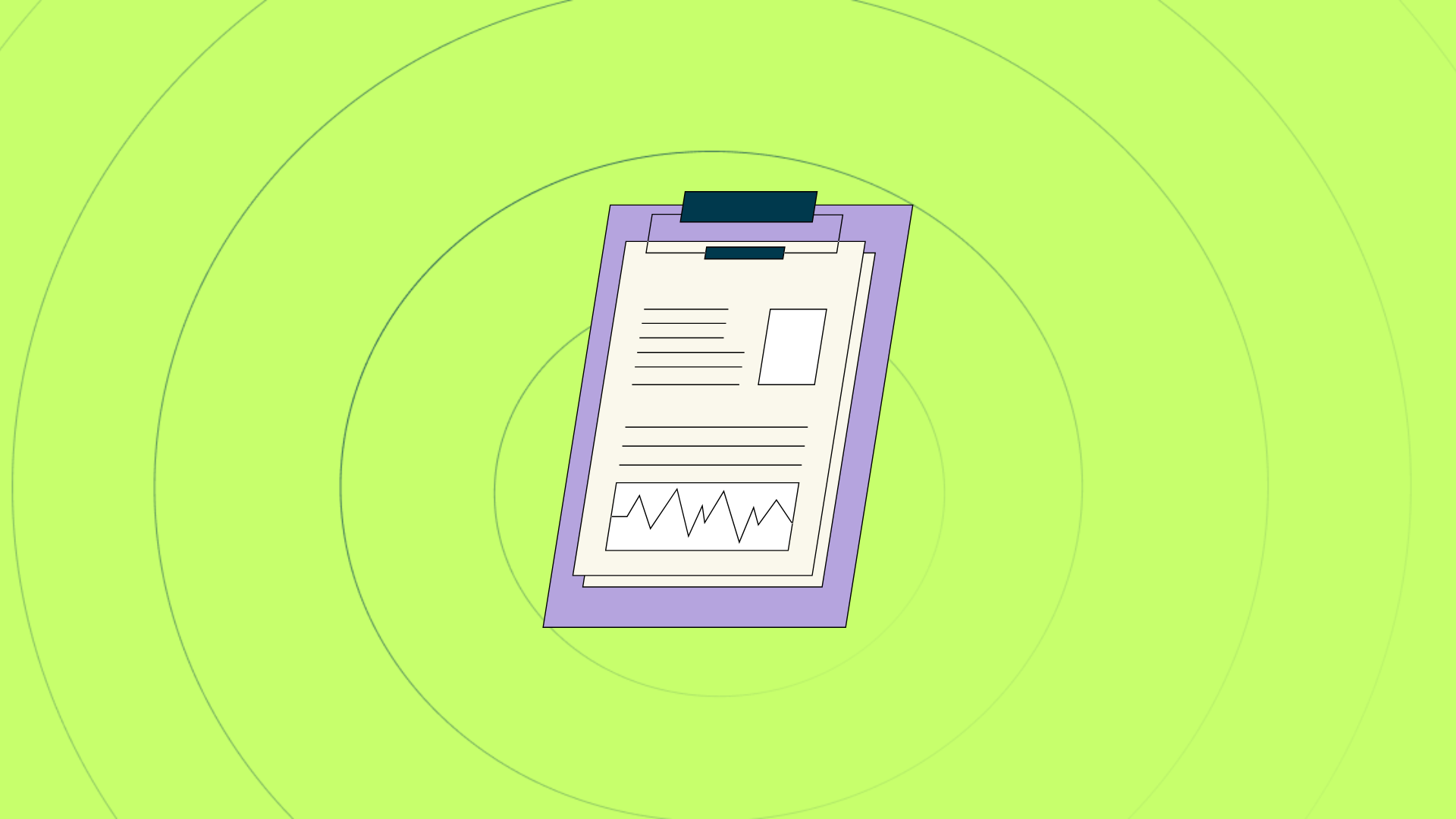
Contract Review for Doctors: Effective Negotiation Handbook
Explore contract review for doctors with this handbook, ensuring effective negotiations and smarter agreements.


Effective contract risk management is crucial for shielding businesses from potential pitfalls while maximizing the value of contractual agreements. This section delves into the importance and methodologies of managing contract risks.
As businesses expand and deal with an increasing number of contracts, the significance of contract risk management grows exponentially. It plays a vital role in protecting businesses from various risks, ranging from legal and financial to regulatory and security. By identifying and mitigating these risks, companies can safeguard their assets, ensure compliance, and optimize returns on their investments.
Key benefits of contract risk management include:
Understanding these aspects of contract risk management helps legal professionals and businesses mitigate potential threats and capitalize on opportunities. For more on how to leverage advanced tools for managing contract risks, refer to our article on best ai contract management tools.
An essential element of contract risk management is the comprehensive evaluation of all contractual documents. This process aims to identify any potential risks that could detrimentally impact the business. Involving multiple departments—legal, financial, and operational—ensures a thorough assessment and the implementation of effective mitigation strategies.
Steps in In-Depth Risk Evaluation:
Incorporating these steps into your contract management approach not only helps in minimizing risks but also enhances overall contract performance. For regular updates and strategies, conducting regular risk assessments is indispensable.
To fully understand the spectrum of potential risks and methods to manage them, please read our section on understanding contractual risks.
By recognizing the importance of thorough risk evaluation in contract management, legal professionals can ensure their business practices are both proactive and protective, laying the groundwork for sustainable growth and compliance. Additional resources on how technology can aid in this process can be found in our article on ai in contract management.

Effectively managing contract risk management involves adopting several strategies to minimize potential issues and ensure smooth operations. Two critical strategies are performing regular risk assessments and standardizing the contract creation process.
Regular risk assessments are essential for ensuring preparedness and identifying contracts with a higher risk profile. These assessments involve scrutinizing current contracts to pinpoint weak spots and areas needing attention.
To conduct comprehensive risk assessments, it’s necessary to involve multiple departments, including legal, financial, and operational teams. This multidisciplinary approach ensures that all potential risks are considered from different perspectives.
The benefits of regular risk assessments include:
| Department | Role in Risk Assessment |
|---|---|
| Legal | Ensures compliance and identifies legal risks |
| Financial | Evaluates financial stability and exposure |
| Operational | Assesses operational feasibility and risks |
More about the specifics of assessing risks can be found in our section on ai in contract management.
Standardizing the contract creation process is another effective strategy for managing contract risks. Using pre-approved clauses or templates, organizations can streamline the creation process, save time, and mitigate potential risks.
Standardization involves:
This approach ensures that all contracts adhere to company policies and regulatory requirements. It also reduces deviations that can introduce risks.
Here are the key benefits of standardizing contract creation:
To learn more about optimizing your contract process, visit our articles on contract management in procurement and best ai contract management tools.
Implementing these strategies not only safeguards against potential contractual risks but also enhances the overall efficiency and reliability of contract management processes.

Effective contract risk management is essential for maintaining the integrity and performance of legal agreements in any organization. Two critical aspects include tracking key dates and obligations, and ensuring legal and regulatory compliance.
Monitoring key dates and obligations is fundamental to avoid potentially costly mistakes. Missing critical deadlines can lead to penalties, breach of contract, or loss of business opportunities. Regular reminders and timelines are vital tools to manage this effectively.
Methods for Tracking:
Utilizing tools like contract management software can also facilitate regular risk assessments to identify high-risk contracts that require immediate attention.
Ensuring adherence to legal and regulatory requirements is paramount to avoiding penalties and legal complications. This aspect is especially critical in highly regulated industries such as finance and healthcare, where non-compliance can result in severe consequences.
Strategies for Ensuring Compliance:
For further assistance, consider integrating solutions from best AI contract management tools, which offer advanced capabilities and streamline compliance efforts.

In the realm of contract risk management, maximizing the value derived from contracts is paramount. This section delves into the concepts of defining a contract’s maximum value and the role of compliance tracking in risk management.
The main objective of contract risk management is to safeguard the business by identifying potential risks and leveraging strategies to minimize them. One essential aspect is defining the maximum value a contract can deliver. This involves a thorough assessment of contract terms, potential risks, and economic benefits.
To determine the maximum contract value, legal professionals must consider several elements:
A holistic view of these factors ensures that contracts are not only compliant but also beneficial and in alignment with business goals. Effective contract management practices enable organizations to achieve their maximum contract value while mitigating potential risks.
Compliance tracking plays a critical role in contract risk management. It involves continuously monitoring contracts to ensure they adhere to legal, regulatory, and contractual requirements. Compliance tracking helps in identifying and addressing potential discrepancies before they evolve into significant issues.
The table below showcases key elements of compliance tracking in risk management:
| Key Element | Description |
|---|---|
| Regulatory Compliance | Ensuring contracts meet all legal and regulatory requirements. |
| Obligatory Adherence | Monitoring contractual obligations and milestones. |
| Risk Identification | Identifying and addressing potential risks early in the contract lifecycle. |
| Audit Trails | Maintaining thorough documentation to support contract compliance. |
For legal professionals, detailed compliance tracking facilitates proactive identification and management of risks. This, in turn, ensures that all contractual obligations are met, and potential legal exposures are minimized. Leveraging advanced tools such as best AI contract management tools can enhance compliance tracking by offering real-time insights and automated updates.
By integrating comprehensive compliance tracking and precise evaluation of maximum contract value, organizations can effectively mitigate risks and optimize the benefits of their contracts. Through robust contract risk management practices, businesses can ensure sustained growth and reduced exposure to undesirable outcomes.

Contract risk refers to any unforeseen issue that could negatively impact the performance or outcome of a contract. These risks can arise from various sources and can significantly affect the contractual relationship between parties. Effective [contract risk management] plays a crucial role in identifying and mitigating these potential pitfalls to ensure smooth contract performance and compliance.
There are several common types of contractual risks that legal professionals should be aware of. Understanding these risks is the first step towards implementing effective risk management strategies.
Performance issues occur when one or more parties fail to fulfill their contractual obligations as agreed. This could be due to delays, subpar work, or incomplete deliverables. Constant monitoring and regular assessments can help mitigate this risk.
Contracts with unclear or ambiguous language can lead to misinterpretations and disputes. Ensuring that all clauses are precisely and clearly drafted can prevent misunderstandings and potential litigation.
Hidden contractual obligations can catch parties off guard and lead to unexpected liabilities. It’s crucial to thoroughly review all contract terms and conditions to uncover any hidden obligations.
Missed revenue opportunities can arise from poorly structured contracts or failure to capitalize on agreed terms. Regular audits and reviews can help identify these gaps and ensure maximum contract value.
Changes in circumstances, such as market fluctuations, regulatory changes, or business conditions, can impact contractual obligations. Including flexible terms and having contingency plans can help manage this risk.
Failing to comply with legal and regulatory requirements can result in severe penalties. Staying updated with relevant laws and regulations and incorporating compliance checks in contracts are critical steps in managing this risk.
Contract performance can be affected by third-party issues, including supplier failures or subcontractor non-performance. Proper vetting, clear agreements, and continuous oversight of third parties are essential to mitigate this risk.
For more information on managing these risks, explore our resources on AI in contract management and the best AI contract management tools.

Senior Content Manager

Explore contract review for doctors with this handbook, ensuring effective negotiations and smarter agreements.

Unlock expert tips for effective contract review, ensuring clarity and minimizing risks for legal professionals.

Master the legal review of contract with AI tools, enhancing efficiency and minimizing errors in your practice.
Contract Crab is an automated tool designed to extract key points and generate summaries from contracts and legal documents. While we strive for accuracy, the extracted information may not always be complete or error-free. Users should review and verify the extracted content for accuracy and completeness before relying on it.
Contract Crab does not provide legal advice or replace the need for professional legal consultation. The information extracted and provided by the service is for informational purposes only.
Users should consult with qualified legal professionals for specific legal guidance.
Users are responsible for the use of Contract Crab and any decisions made based on the extracted information.
Contract Crab and its creators are not liable for any consequences or damages resulting from the use of the service.
Contract Crab may process and store user data as necessary to provide its services. We are committed to protecting user data, but users should be aware of the privacy risks associated with uploading sensitive documents.
Contract Crab is an automated tool designed to extract key points and generate summaries from contracts and legal documents. While we strive for accuracy, the extracted information may not always be complete or error-free. Users should review and verify the extracted content for accuracy and completeness before relying on it.
Contract Crab does not provide legal advice or replace the need for professional legal consultation. The information extracted and provided by the service is for informational purposes only.
Users should consult with qualified legal professionals for specific legal guidance.
Users are responsible for the use of Contract Crab and any decisions made based on the extracted information.
Contract Crab and its creators are not liable for any consequences or damages resulting from the use of the service.
Contract Crab may process and store user data as necessary to provide its services. We are committed to protecting user data, but users should be aware of the privacy risks associated with uploading sensitive documents.